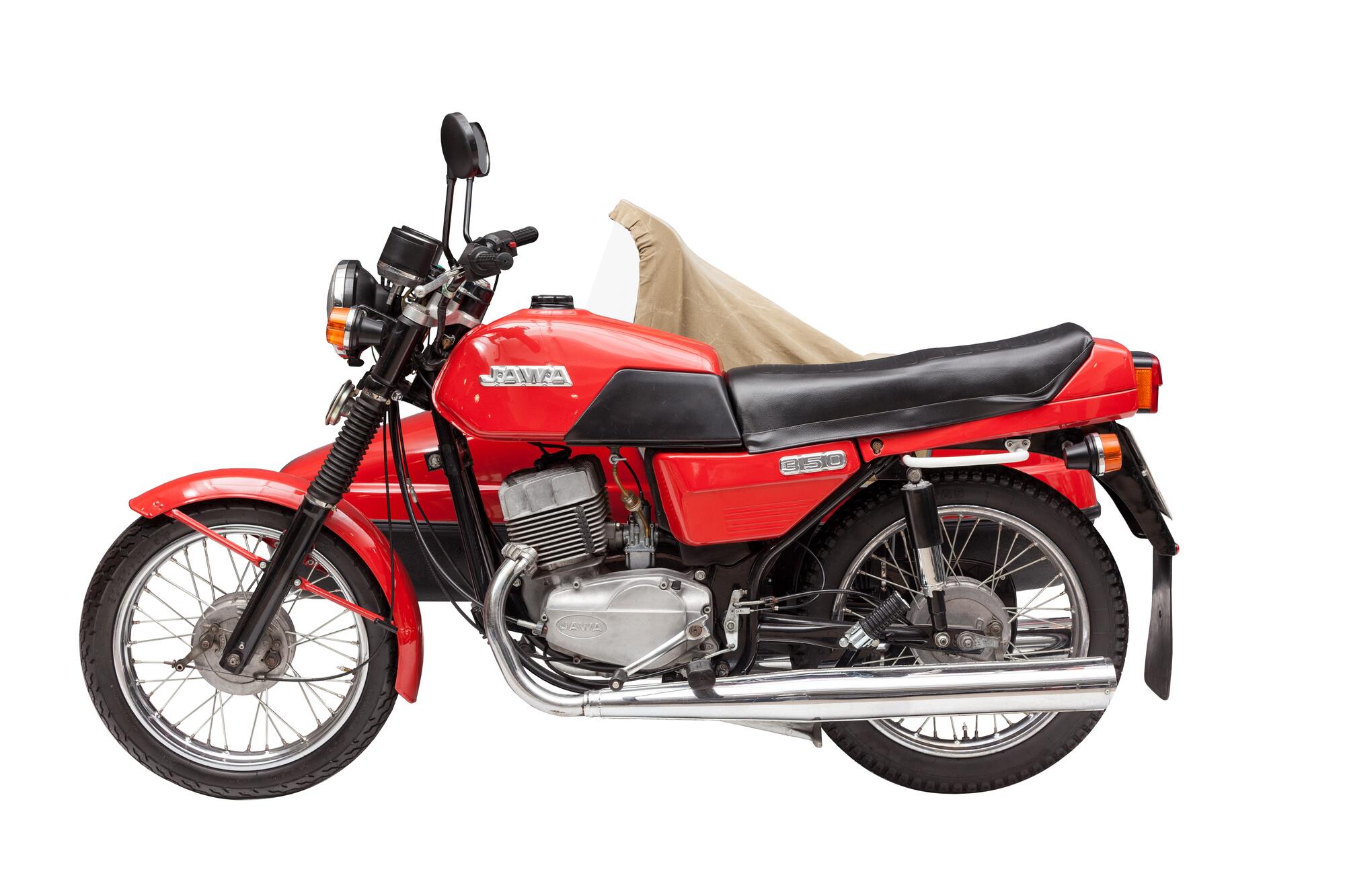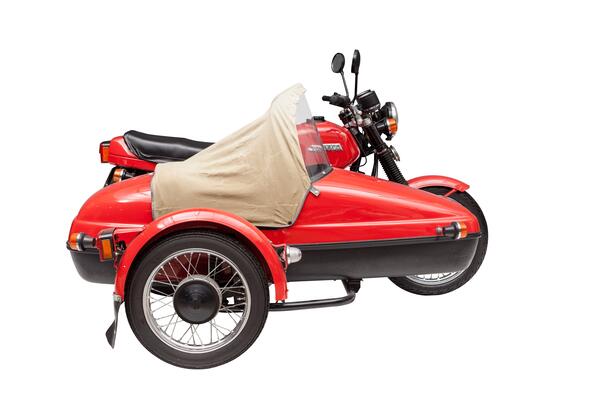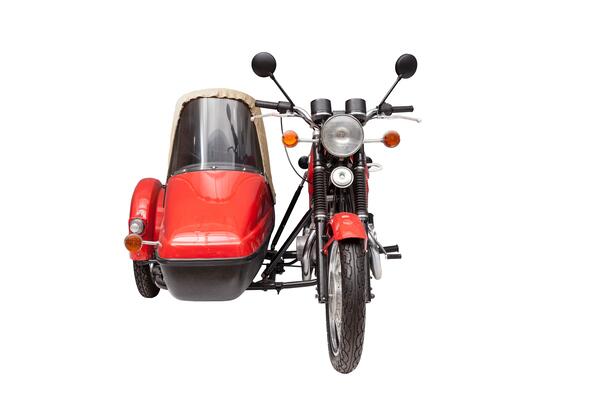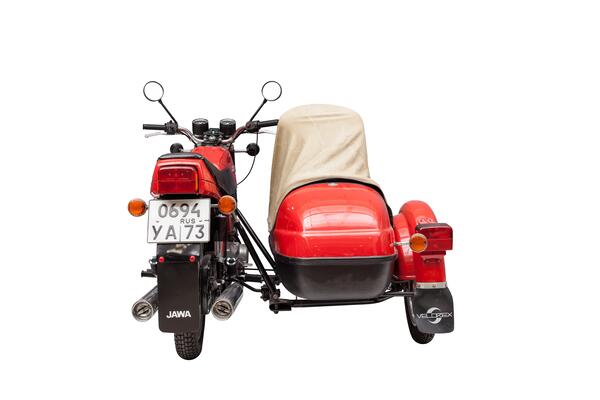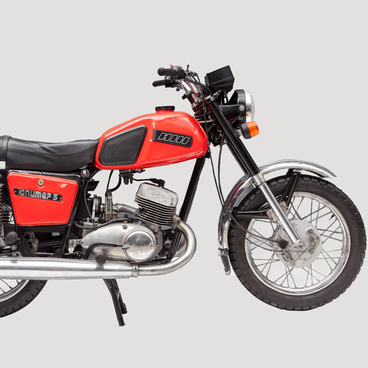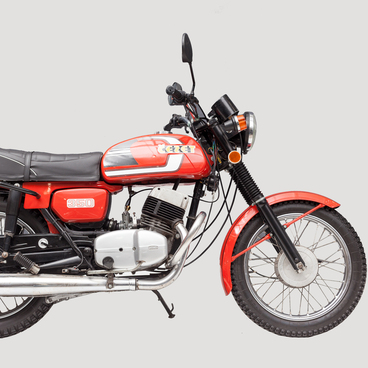The first Jawa motorcycle was produced under a licensing agreement with Wanderer in 1929. It had a four-stroke engine with a capacity of 500 cc. It was rather complicated, expensive, and not particularly popular. The brand achieved success after launching a new model of a lightweight motorcycle with a two-stroke engine in 1931.
In 1934, another Jawa motorcycle with a four-stroke engine appeared, and three years later, the company released the Jawa Robot autocycle. After the occupation of Czechoslovakia began in 1938, the plant fell under German control and was used to produce military equipment, while continuing to develop new motorcycle models. The plant was nationalized immediately after the liberation of Czechoslovakia. In 1946, a new Jawa motorcycle won the Gold Medal at an exhibition in Paris.
In the 1970s, the plant produced the Jawa 250/623 and 350/633 motorcycles which had a new design, a backbone frame, and an engine with a separate lubrication system. Moreover, the production of the 350/634 model was launched. It was equipped with a new engine.
After the 1984 upgrade, the new model received an index 638. It was the last Jawa motorcycle that was exported to the Soviet Union until the early 1990s. It differed from earlier models by having a new engine, 12V electrics, and a new front fork. The front fender of the Jawa 350/638 was painted red, and the rear one was painted black. The neutral light on the instrument cluster was green. The tachometer had a green scale.
In 1986, the plant presented the new Jawa 350/638-00 to motorcycle enthusiasts. The shape of its rear side inspired the nickname “the pencil case”, and the rear spoiler gave rise to such names as “the banana” and “the squirrel”. Later, new 350/638 models appeared that had indices 1-03 and 1-04.
The design of the Jawa 350/638 included a welded duplex tube frame that provided for mounting a sidecar. This is what the Jawa from the museum collection looks like. Its fuel tank capacity was 17 liters, and the gasoline was used with mineral oil in a 25 to 1 ratio. The nominal maximum speed was 120 km/h, while the solo version could actually reach a speed of up to 130 km/h. The manufacturer specified the fuel consumption rate of 6–7 liters per 100 km.
In 1934, another Jawa motorcycle with a four-stroke engine appeared, and three years later, the company released the Jawa Robot autocycle. After the occupation of Czechoslovakia began in 1938, the plant fell under German control and was used to produce military equipment, while continuing to develop new motorcycle models. The plant was nationalized immediately after the liberation of Czechoslovakia. In 1946, a new Jawa motorcycle won the Gold Medal at an exhibition in Paris.
In the 1970s, the plant produced the Jawa 250/623 and 350/633 motorcycles which had a new design, a backbone frame, and an engine with a separate lubrication system. Moreover, the production of the 350/634 model was launched. It was equipped with a new engine.
After the 1984 upgrade, the new model received an index 638. It was the last Jawa motorcycle that was exported to the Soviet Union until the early 1990s. It differed from earlier models by having a new engine, 12V electrics, and a new front fork. The front fender of the Jawa 350/638 was painted red, and the rear one was painted black. The neutral light on the instrument cluster was green. The tachometer had a green scale.
In 1986, the plant presented the new Jawa 350/638-00 to motorcycle enthusiasts. The shape of its rear side inspired the nickname “the pencil case”, and the rear spoiler gave rise to such names as “the banana” and “the squirrel”. Later, new 350/638 models appeared that had indices 1-03 and 1-04.
The design of the Jawa 350/638 included a welded duplex tube frame that provided for mounting a sidecar. This is what the Jawa from the museum collection looks like. Its fuel tank capacity was 17 liters, and the gasoline was used with mineral oil in a 25 to 1 ratio. The nominal maximum speed was 120 km/h, while the solo version could actually reach a speed of up to 130 km/h. The manufacturer specified the fuel consumption rate of 6–7 liters per 100 km.
